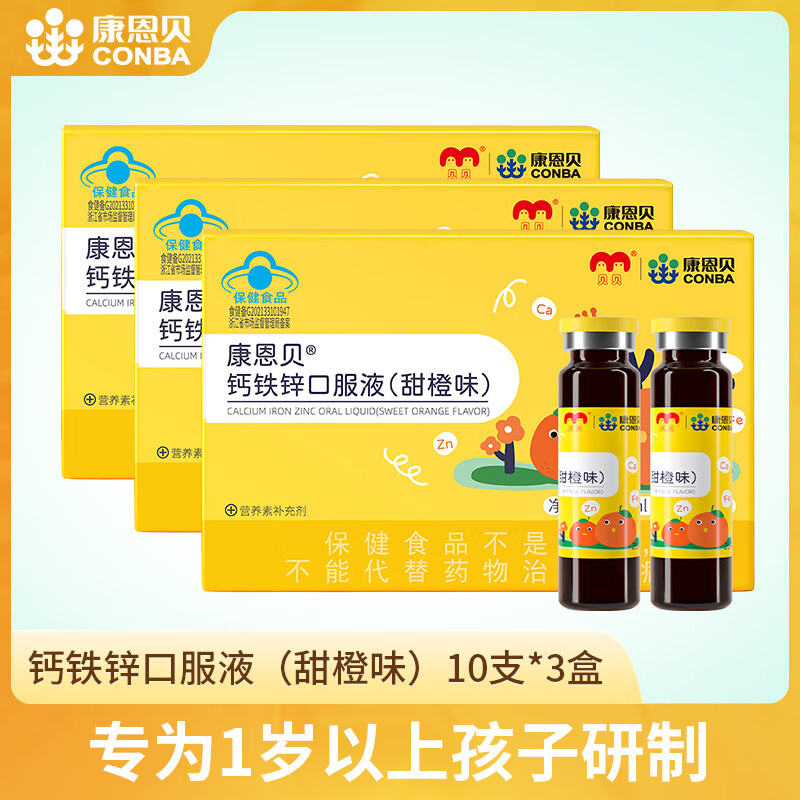Mastering Visual Content Optimization: Advanced Strategies for Higher Engagement in Social Media Campaigns #3
Optimizing visual content for social media is not merely about picking attractive images or videos; it involves a complex interplay of technical precision, psychological understanding, and strategic execution. This article delves into advanced, actionable techniques that enable marketers and content creators to elevate their visual assets, ensuring maximum engagement and impact. Building upon the foundational concepts of Tier 2’s exploration of color theory, we will explore concrete methods to refine layout, technical quality, editing, and data-driven strategies that push beyond basic practices.
Table of Contents
- 1. Creating Effective Visual Hierarchies for Immediate Attention
- 2. Technical Mastery: Optimizing Image and Video Resolution for Platforms
- 3. Applying Advanced Image Editing Techniques for Engagement
- 4. Leveraging Data to Refine Visual Content Effectiveness
- 5. Technical Optimization for Speed and Accessibility
- 6. Integrating User-Generated Content (UGC) Seamlessly
- 7. Linking Visual Optimization to Campaign ROI
1. Creating Effective Visual Hierarchies for Immediate Attention
A crucial factor in capturing viewers’ attention swiftly is the design of visual hierarchy. Unlike basic layouts, advanced hierarchy focuses on guiding the viewer’s eye through strategic placement, contrast, and sizing to emphasize key messages. To master this:
- Use Contrast Intelligently: Implement high contrast between foreground and background elements. For example, pair a bright CTA button with a muted background to draw immediate focus. Use color contrast ratios compliant with WCAG standards (>4.5:1 for regular text).
- Prioritize Key Elements with Size and Position: Position primary messages at the top third of the composition (the “golden zone”). Increase size of critical text or visuals relative to secondary elements to signal importance.
- Apply Visual Weight via Composition: Use the rule of thirds, leading lines, and asymmetrical balance to naturally guide viewers toward focal points. For instance, place the main subject off-center but aligned with a leading line that directs toward the CTA.
Expert Tip: Incorporate subtle motion or animated overlays to emphasize focal points without overwhelming the viewer, especially on platforms like Instagram Stories or TikTok.
Guided Visual Flow Techniques
- Establish a Focal Point: Use size, color, or sharpness to create an initial focus. For example, a vibrant red element amidst muted tones.
- Lead with Directional Cues: Incorporate arrows, gaze lines, or diagonals to direct attention naturally toward subsequent elements.
- Limit Clutter: Remove unnecessary details that distract from the main message, maintaining a clean visual path.
Case Study: Redesigned Post for Impact
A fashion brand improved engagement by redesigning a product launch post. They increased the size of the product image, placed the “Shop Now” button in the bottom right corner (following the natural reading pattern), and used contrasting colors for the CTA. As a result, click-through rates increased by 35% within two weeks, demonstrating the power of deliberate visual hierarchy.
2. Technical Mastery: Optimizing Image and Video Resolution for Platforms
Platform-specific resolution standards are fundamental to ensuring your visuals load quickly and appear crisp. Going beyond generic sizes, the process involves precise dimension selection, aspect ratio adherence, and performance optimization.
| Platform | Recommended Dimensions | Aspect Ratio |
|---|---|---|
| Instagram Post | 1080 x 1080 px | 1:1 |
| Facebook Cover | 820 x 312 px | 2.63:1 |
| YouTube Thumbnail | 1280 x 720 px | 16:9 |
Step-by-step process for export:
- Design at native resolution: Use the recommended dimensions as your workspace size in your editing software.
- Optimize for web: Use tools like Adobe Photoshop’s “Save for Web” or Affinity Photo’s export persona to fine-tune quality and file size.
- Adjust compression: Set JPEG quality between 70-80% for balance; for PNGs, use palette reduction or indexed color modes if suitable.
- Test load times: Upload sample visuals to platform preview tools or use PageSpeed Insights to evaluate performance impact.
“Remember, a pixel-perfect visual that loads swiftly ensures your audience engages without frustration — precision in resolution saves both time and impressions.”
Common resolution pitfalls and troubleshooting
- Upscaling low-resolution images: Causes pixelation. Always start with the recommended dimensions.
- Ignoring aspect ratios: Leads to stretched or cropped visuals. Use aspect ratio guides during design.
- Over-compression: Results in artifacts and loss of detail. Balance quality settings carefully.
3. Applying Advanced Image Editing Techniques for Engagement
Beyond basic edits, advanced techniques such as layer masks, custom filters, and branding overlays can significantly enhance visual appeal and consistency. These methods help create a professional, cohesive look that resonates with audiences and reinforces brand identity.
Layer Masks and Filters for Visual Enhancement
Layer masks allow you to non-destructively blend multiple images or effects, enabling precise control over visibility. For example, you can soften backgrounds while keeping the subject sharp, drawing focus effectively. To implement:
- Create a duplicate layer: Work non-destructively.
- Add a mask: Click the mask icon in your editing software.
- Paint with black or white: Use soft brushes to hide or reveal areas, fine-tuning focus.
- Apply filters: Use Gaussian blur, sharpen, or artistic filters to add mood or emphasis.
“Mastering layer masks transforms your editing flexibility, enabling subtle yet impactful enhancements that stand out on social feeds.”
Creating Consistent Branding with Templates and Overlays
Design custom templates with consistent layout, typography, and overlay elements (such as branded frames or icons). Use software like Adobe Illustrator or Canva Pro for scalable templates. To implement:
- Develop a master template: Define safe zones, logo placement, and color schemes.
- Save as layered PSD or editable Canva template: For quick edits.
- Apply overlays: Add branded elements over your images to maintain visual consistency across campaigns.
Workflow Example: From Raw Image to Engaging Post
Start with a raw photo, crop to platform-specific dimensions, apply a subtle vignette using layer masks, add a branded overlay, adjust contrast with filters, and export at optimized resolution. This process ensures each visual is polished, coherent, and tailored for maximum engagement.
4. Leveraging Data to Refine Visual Content Effectiveness
Data-driven strategies transform intuition into measurable results. By analyzing engagement metrics, you can identify what visual elements resonate most with your audience and iteratively improve.
Analyzing Engagement Metrics
Focus on metrics such as click-through rates, share ratios, and comments related to visual posts. Use platform insights or analytics tools like Sprout Social or Brandwatch to gather data. For example, observe which color schemes or compositions yield higher interaction.
A/B Testing Visual Variations
Set up experiments with two versions of a visual, differing in one element (e.g., background color or text placement). Use split testing tools or manual posting schedules to compare performance. Analyze results with statistical significance to determine the better variant.
“Iterative testing and refinement based on actual data accelerate your mastery of what truly drives engagement.”
Case Study: Data-Informed Visual Improvements
A tech startup noticed low engagement on their Instagram ads. They tested two color schemes—blue vs. green—and found blue increased click-through by 20%. Applying this insight across campaigns led to a sustained 15% lift in overall engagement, affirming the value of data-driven design.
5. Technical Optimization for Speed and Accessibility
Fast-loading visuals enhance user experience and reduce bounce rates. Accessibility ensures your content reaches wider audiences, including those with visual impairments. Advanced technical practices include:
Image Compression Techniques
- Choose optimal formats: Use JPEG for photographs, PNG for graphics with transparency, and WebP for balance of quality and size.
- Use compression tools: Employ ImageOptim, TinyPNG, or Adobe Save for Web presets to reduce file size without quality loss.
- Leverage automated workflows: Set up scripts or CI/CD pipelines that compress images before upload.
Adding Alt Text and Ensuring Accessibility
- Write descriptive alt text: Use concise, keyword-rich descriptions that explain the visual content.
- Use semantic HTML tags: For embedded images, ensure proper alt attributes.
- Test with screen readers: Verify that your visuals are perceivable by assistive technologies.
Automation and Tools for Optimization
Set up automation with tools like ImageOptim CLI, TinyPNG API, or Adobe’s Image Processor. Incorporate scripts in your workflow to batch process images, ensuring consistent optimization without manual effort.
“Automation reduces human error, maintains quality standards, and frees up time for creative focus.”
6. Integrating User-Generated Content (UGC) into Visual Campaigns Effectively
UG




发表回复